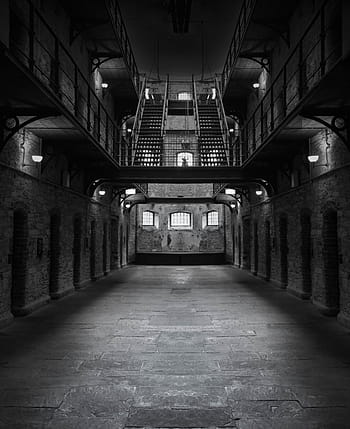
25
மேReforming the System: A Closer Look at Modern Prisons
In recent years, the global conversation surrounding prisons has shifted significantly, focusing not just on punishment but also on rehabilitation and reintegration. As the number of incarcerated individuals continues to rise, the need for reform in the prison system has never been more pressing. This article explores the current state of prisons, the challenges they face, and potential pathways for reform.

Across the United States and many parts of the world, prisons are often overcrowded, with facilities designed to hold a fraction of their current populations. According to the Bureau of Justice Statistics, the U.S. prison population has increased dramatically over the last few decades, leading to severe overcrowding and strained resources. This situation not only affects the inmates but also the staff, who face increased stress and burnout in an environment that often lacks adequate support and funding.
The conditions within many prisons are often described as inhumane, with reports of violence, inadequate healthcare, and lack of access to educational and vocational programs. These factors contribute to a cycle of recidivism, where individuals released from prison are more likely to return due to the lack of support systems in place. A report by the National Institute of Justice highlights that nearly 68% of released prisoners are arrested again within three years, indicating a systemic failure to rehabilitate inmates.
Advocates for prison reform argue that a shift in focus from punishment to rehabilitation could lead to better outcomes for individuals and society as a whole. Programs that provide education, mental health services, and job training have shown promise in reducing recidivism rates. For example, the Bard Prison Initiative in New York has provided college education to incarcerated individuals, resulting in a recidivism rate of just 4%, compared to the national average.
Moreover, the growing movement towards restorative justice emphasizes repairing the harm caused by criminal behavior rather than simply punishing the offender. This approach encourages dialogue between victims and offenders, aiming to foster understanding and healing. Many believe that such methods can lead to more meaningful resolutions and less reliance on traditional incarceration.
As the conversation around prison reform continues to evolve, several states have begun implementing changes aimed at improving conditions and outcomes. Initiatives such as reducing mandatory minimum sentences, increasing access to mental health care, and expanding parole options for non-violent offenders are gaining traction. These reforms not only aim to alleviate overcrowding but also to create a more just and equitable system.
In conclusion, the current state of prisons highlights the urgent need for reform. By prioritizing rehabilitation over punishment, society can address the root causes of crime and create a more effective criminal justice system. As discussions around reform gain momentum, it is imperative that stakeholders, including lawmakers, prison officials, and community organizations, come together to advocate for a system that promotes healing, education, and reintegration for all individuals involved. The future of our prison system depends on it.


Reviews